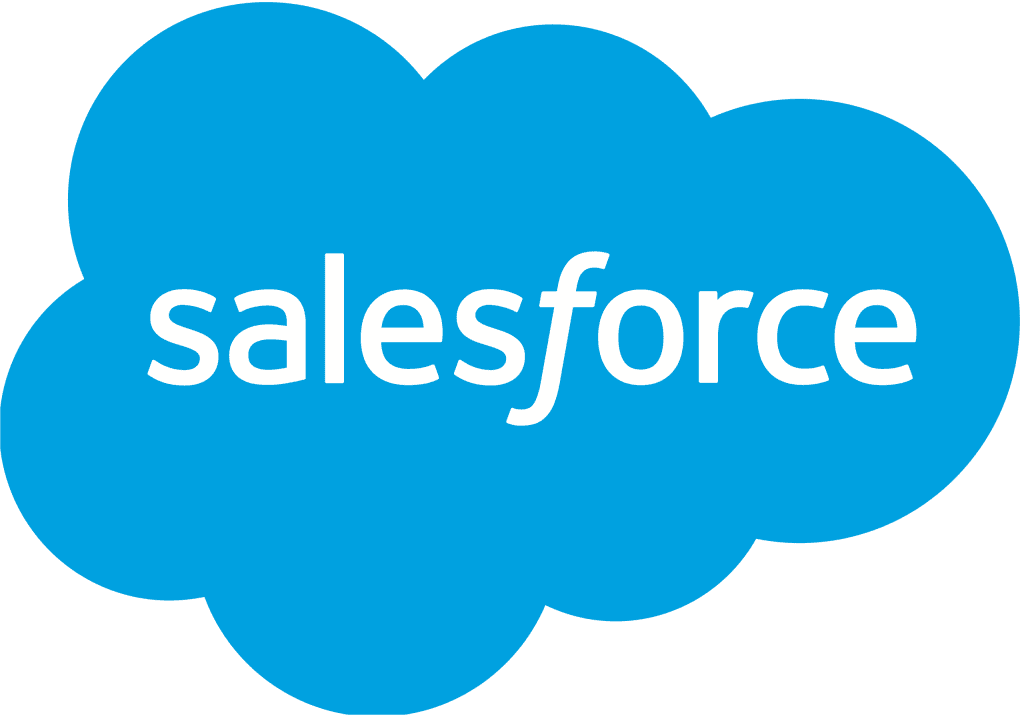
By Whoisjohngalt – Own work, CC BY-SA 4.0, https://commons.wikimedia.org/w/index.php?curid=84084113
The Birth of “No Software” (1999)
Spring, 1999. In a small apartment on San Francisco’s Telegraph Hill, Marc Benioff scribbled “No Software” on a tiny whiteboard. Next to him, Parker Harris and fellow co-founders worked on a simple prototype: a CRM that ran entirely inside the browser. No installations. No late-night upgrades. Just open the web and go.
What began as a scrappy experiment soon became a philosophy—business software delivered as a service (SaaS). Alongside this vision, Salesforce introduced the 1-1-1 model (1% equity, 1% product, 1% employee time donated), embedding philanthropy at the heart of the company.
Guerrilla Marketing and the “No Software” Protest (2000)
In 2000, at the Siebel Systems user conference, Salesforce staged a protest. Actors waving signs that read “The End of Software” caught TV cameras’ attention. What looked like a grassroots demonstration was actually Benioff’s guerrilla marketing stunt.
The next day, newspapers covered it as news—and suddenly the phrase “Cloud CRM” was on everyone’s lips.
Dreamforce: From Hotel Ballrooms to a Citywide Phenomenon
By 2003, Salesforce hosted its first Dreamforce at the Westin St. Francis in San Francisco with just 1,300 attendees. Customers, developers, and partners discussed “business on the browser.”
By 2005, Salesforce launched AppExchange, introducing the idea of a platform on top of a platform—an app store for enterprise software. From then on, Salesforce was no longer just a CRM product, but an ecosystem.
Salesforce Goes Public (2004)
On June 23, 2004, Salesforce debuted on the New York Stock Exchange under the ticker CRM at $11 per share, closing the day at nearly $17.
While Wall Street cheered, Benioff reminded employees: “Tomorrow at 9 a.m., the customer bug review is business as usual.” This rhythm—customer first, hype second—became Salesforce’s DNA.
Building the “Customer 360” Through Acquisitions
Over the years, Salesforce expanded beyond CRM:
- 2003: ExactTarget → Marketing Cloud
- 2018: MuleSoft → Integration & APIs
- 2019: Tableau → Analytics & Visualization
- 2021: Slack → Collaboration & Digital HQ
Competitors built stacks; Salesforce built Customer 360, connecting sales, service, marketing, and analytics in one place.
Work.com and Hyperforce: Reinventing During Crisis
When the world shut down in 2020, Salesforce introduced Work.com—a suite for employee health checks, reopening plans, and emergency response dashboards. Benioff declared: “We are not just a software company. We connect people in a crisis.”
That same year, Salesforce unveiled Hyperforce, rebuilding Salesforce to run on public clouds like AWS, Azure, and GCP. This enabled regional compliance, elastic scalability, and faster deployment.
Slack, Restructuring, and Investor Pressure
The $27.7B Slack acquisition in 2021 was bold but followed by challenges. Post-pandemic, collaboration software competition intensified, and activist investors pressured Salesforce to cut costs. In early 2023, Salesforce announced a 10% workforce reduction to improve profitability.
Despite turbulence, the company regained momentum with improved earnings and governance changes.
Einstein GPT and the AI Era
Salesforce was an early mover in AI with Einstein (2016). In 2023, it launched Einstein GPT, integrating LLMs with CRM data. In 2024, Einstein Copilot followed, embedding generative AI directly into workflows.
Infrastructure runs on Hyperforce, AI partners include OpenAI, and data protection is guaranteed by the Trust Layer. As one executive put it: “We’re not AI itself—we’re where AI works.”
Dreamforce Today: A Global Stage
What began with 1,300 people is now a citywide event that fuels San Francisco’s economy. Dreamforce is where Salesforce showcases its future—cloud, AI, data, collaboration—all tied to its founding principle: “No Software.”
But today, “No Software” doesn’t mean software disappeared. It means software became invisible—woven into every customer experience, every workflow, every decision.
The Ongoing Journey
From guerrilla stunts to IPO glory, from pandemic pivots to AI copilots, Salesforce has proven one lesson again and again:
“Go where the customer is, and build the platform there.”
The next chapter will be written the same way—on the browser, in the cloud, and now, with AI.

By ™/®Salesforce.com – Vectorised by Vulphere from https://www.salesforce.com/content/dam/sfdc-docs/www/logos/logo-salesforce.svg, Public Domain, https://commons.wikimedia.org/w/index.php?curid=104891171
